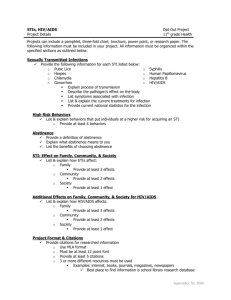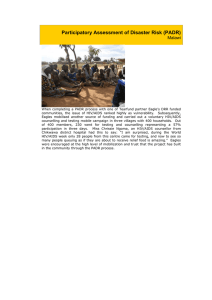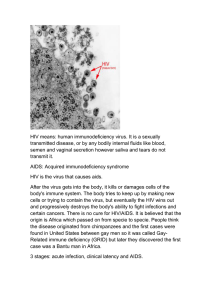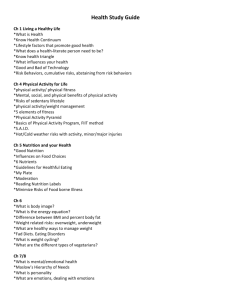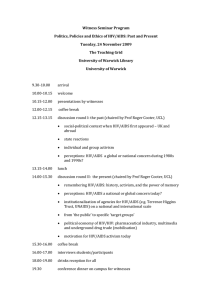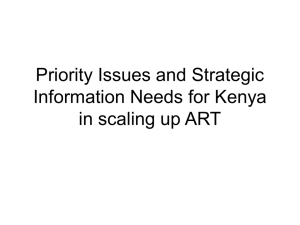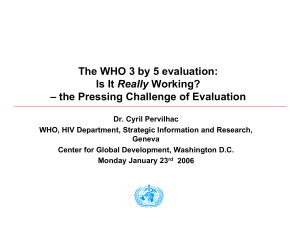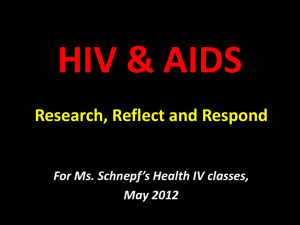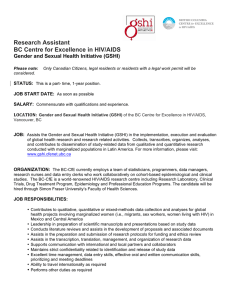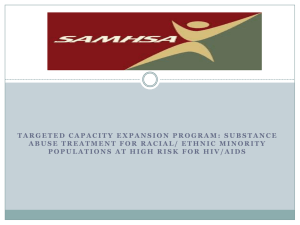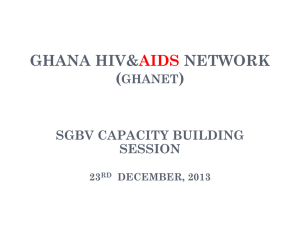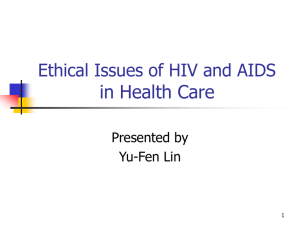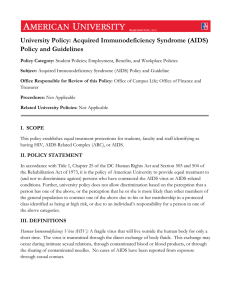health study guide
advertisement
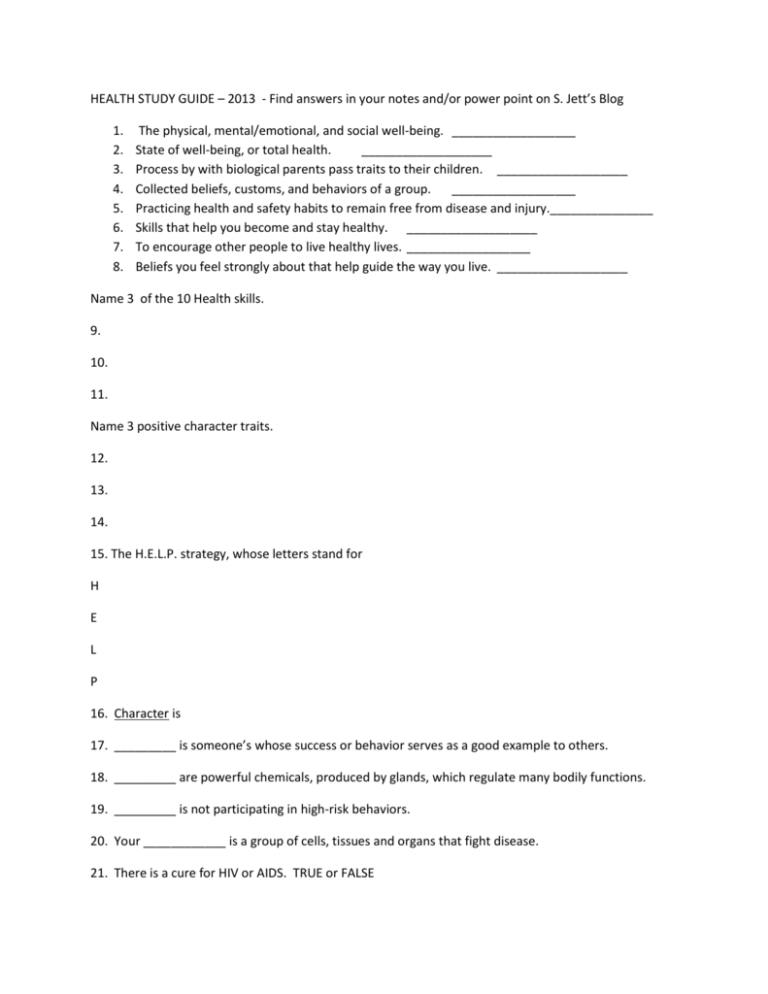
HEALTH STUDY GUIDE – 2013 - Find answers in your notes and/or power point on S. Jett’s Blog 1. 2. 3. 4. 5. 6. 7. 8. The physical, mental/emotional, and social well-being. __________________ State of well-being, or total health. ___________________ Process by with biological parents pass traits to their children. ___________________ Collected beliefs, customs, and behaviors of a group. __________________ Practicing health and safety habits to remain free from disease and injury._______________ Skills that help you become and stay healthy. ___________________ To encourage other people to live healthy lives. __________________ Beliefs you feel strongly about that help guide the way you live. ___________________ Name 3 of the 10 Health skills. 9. 10. 11. Name 3 positive character traits. 12. 13. 14. 15. The H.E.L.P. strategy, whose letters stand for H E L P 16. Character is 17. _________ is someone’s whose success or behavior serves as a good example to others. 18. _________ are powerful chemicals, produced by glands, which regulate many bodily functions. 19. _________ is not participating in high-risk behaviors. 20. Your ____________ is a group of cells, tissues and organs that fight disease. 21. There is a cure for HIV or AIDS. TRUE or FALSE 22. Saying NO to drugs can help someone avoid engaging in high risk behaviors. TRUE or FALSE 23. ___________ diseases are diseases that can be spread, such as colds. 24. Tiny, non-living particles that invade and take over healthy cells are known as ___________. 25. Chemicals used to fight a specific invading substance are called __________. 26. HIV can spread by casual contact. TRUE or FALSE 27. People who contract AIDS will eventually die of opportunistic diseases associated with a weakened ___________. Short Answer: 28. Explain the difference between the T.A.L.K. and S.T.O.P. strategies. 29. How are diseases spread? 30. How can you prevent communicable diseases? 31. Explain the relationship between HIV and AIDS. 32. How is HIV spread? 33. What is the only 100% way to avoid contracting HIV? Define the different types of communication 34. Passive – 35. Assertive – 36. Aggressive – Name 3 positive ways to deal with stress. 37. 38. 39. 40. Name 3 sides of your health triangle that you must keep in balance to stay totally healthy.







